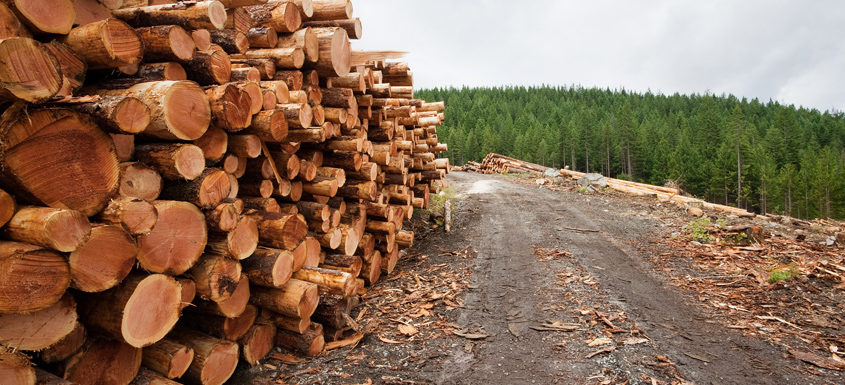Wood fiber costs for pulp manufacturers have gone up in practically all countries covered by the WRQ over the past year. In the 3Q/21, the Softwood Fiber Price Index (SFPI) was at its highest level since 2014, 8.1% higher than the 3Q/20.
The most significant price increases have occurred in Western Canada, US South, Latin America, and Oceania. Softwood pulplog prices in the US South were up 9% y-o-y, an unusual jump in a region with relatively small price adjustments historically. Other noteworthy price increases were for softwood chips in Western Canada (+11% y-o-y) and softwood pulplogs in France (+9%), Brazil (+20%), and Chile (+15%).
The Hardwood Fiber Price Index (HFPI) has moved up the past year, following a downward trend of almost ten years since its record high in 2011. Despite the recent increases, the HFPI is currently about 4% below its 30-year average. In the past year, hardwood pulplog prices have gone up in practically all the primary hardwood pulpproducing regions of the world.
Wood raw-material costs for Brazilian pulp manufacturers increased almost 10% q-o-q in the 3Q/21. Log demand has been high in the solid wood sector, with sawmills and veneer plants increasingly competing for small-diameter logs that typically would be used by pulpmills, composite board manufacturers, and the pig iron industry. The pig iron sector is a significant consumer of eucalyptus logs for charcoal and its production grew by 18% y-o-y in the 3Q/21.
The high log demand and tight supply pushed prices for sawlogs and pulplogs to all-time highs in Brazilian Real terms. In US dollar terms, Eucalyptus pulplog prices have increased by over 20% from their 15-year low levels in early 2021. Despite the substantial jump inwood fiber costs over the past year, Brazil's pulpmills continue to have some of the lowest wood fiber costs of all regions tracked by the WRQ.
Wood fiber costs for Chilean pulpmills have also been on an upward trajectory the past year in the local currency, reaching a record high in the 3Q/21. As a result, eucalyptus pulplog prices have almost doubled in ten years in Pesos terms. However, due to a weakening Chilean currency, the price movements in the US dollar have been more modest, with current levels being closer to their ten-year average. The country's pulp industry is very competitive in the global market due to its hardwood pulpwood costs being substantially lower than in North America and Europe.
Are you interested in worldwide wood products market information? The Wood Resource Quarterly (WRQ) is a 75-page report established in 1988 and has subscribers in over 30 countries. The publication tracks prices for sawlog, pulpwood, lumber & pellets and reports on trade and wood market developments in most key regions worldwide. For more insights on the latest international forest product market trends, please go to www.WoodPrices.com
Contact Information
Wood Resources International LLC
Hakan Ekstrom
www.woodprices.com
 Hakan Ekstrom
Hakan Ekstrom
Wood Resources International LLC













